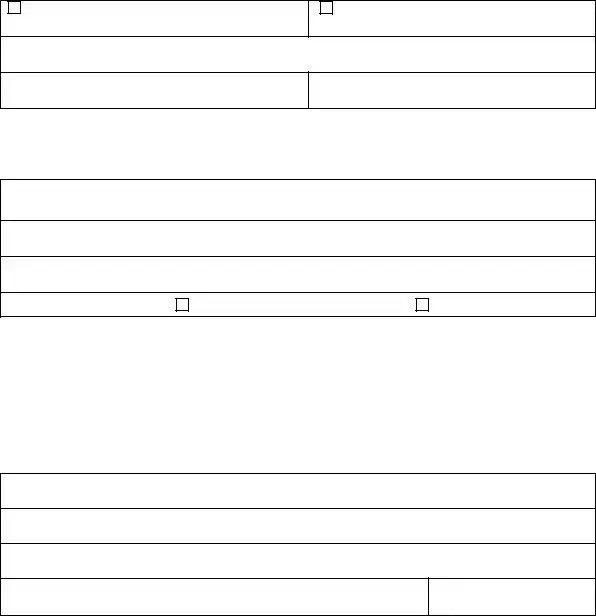The Iowa 470-4202 form is similar to the Direct Deposit Authorization Form commonly used in various states. This document allows individuals or businesses to authorize their employers or service providers to deposit funds directly into their bank accounts. Just like the Iowa form, it requires information such as the account holder's name, bank account number, and routing number. Both forms emphasize the importance of accuracy in the information provided, as any discrepancies could lead to payment issues.
Another document that shares similarities with the Iowa 470-4202 form is the ACH Authorization Form. This form is often utilized by companies to facilitate electronic payments and transfers. It requires similar information, including the account details and authorization signature. Both forms serve to streamline payment processes, ensuring that funds are transferred efficiently and securely, while also highlighting the legal implications of providing false information.
In the realm of trailer transactions, ensuring the proper documentation is crucial, particularly when using a Trailer Bill of Sale form. This form safeguards both the buyer and seller by detailing the specifics of the sale and confirming the ownership transfer. For those who wish to obtain a reliable template for creating this essential document, a useful resource can be found at billofsaleforvehicles.com/editable-trailer-bill-of-sale, where you can get started on your trailer purchase or sale efficiently.
The Provider Enrollment Application is another related document, particularly in healthcare settings. This form is essential for healthcare providers seeking to enroll in Medicaid programs. It collects comprehensive information about the provider, including their banking details for payment purposes. Like the Iowa 470-4202, this application underscores the necessity of accurate data submission and includes statements regarding the consequences of providing misleading information.
The Payment Authorization Form is also comparable to the Iowa 470-4202. This document is used by various organizations to authorize payments from one account to another. It typically includes fields for account details and the amount to be transferred. Both forms share the goal of facilitating financial transactions while ensuring that the authorizing party understands the legal responsibilities associated with their signature.
Similarly, the Electronic Funds Transfer (EFT) Agreement is another document with a close relationship to the Iowa form. This agreement outlines the terms and conditions under which funds will be transferred electronically. It requires detailed banking information and an acknowledgment of the legal ramifications of providing inaccurate data. Both forms aim to protect the interests of all parties involved in the financial transaction.
The Bank Account Verification Form is another document that parallels the Iowa 470-4202. This form is often required by financial institutions to confirm that the account details provided are accurate and valid. It serves as a safeguard against fraud and errors, similar to the Iowa form's emphasis on the need for truthful information. Both forms work to ensure that payments are processed correctly and securely.
The W-9 Form, while primarily a tax document, has similarities in that it collects essential information for payment processing, including the taxpayer's identification number. It is often used by businesses to request taxpayer information from independent contractors. Like the Iowa 470-4202, it requires the signer to certify the accuracy of the information provided, highlighting the legal implications of submitting false statements.
Lastly, the Medicaid Provider Agreement is akin to the Iowa 470-4202 form in that it establishes the terms under which a provider can receive payments from Medicaid. This agreement includes essential details about the provider's qualifications and banking information for payment. Both documents emphasize the importance of compliance with state and federal regulations and the potential consequences of providing false information.

